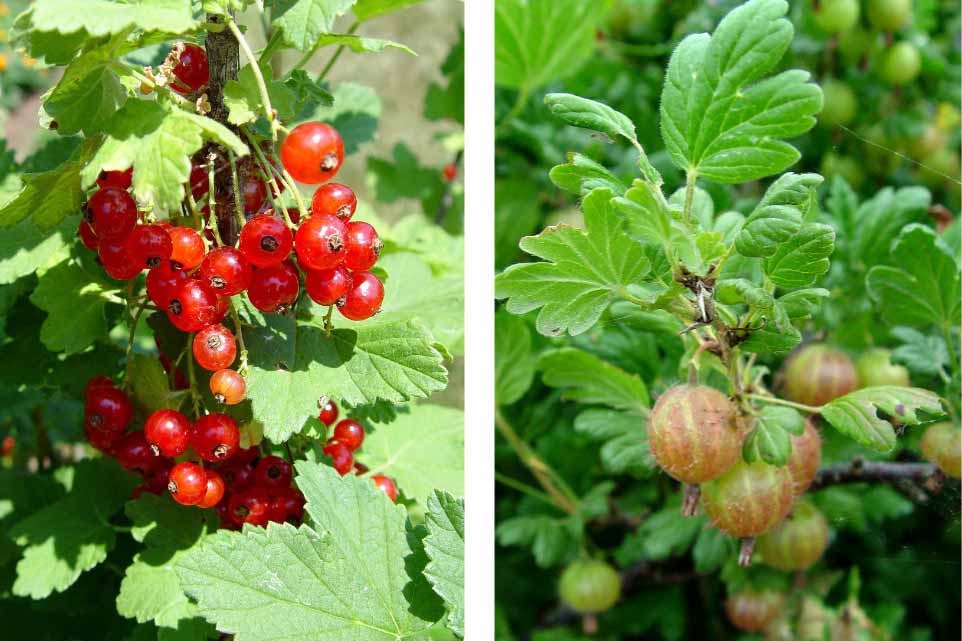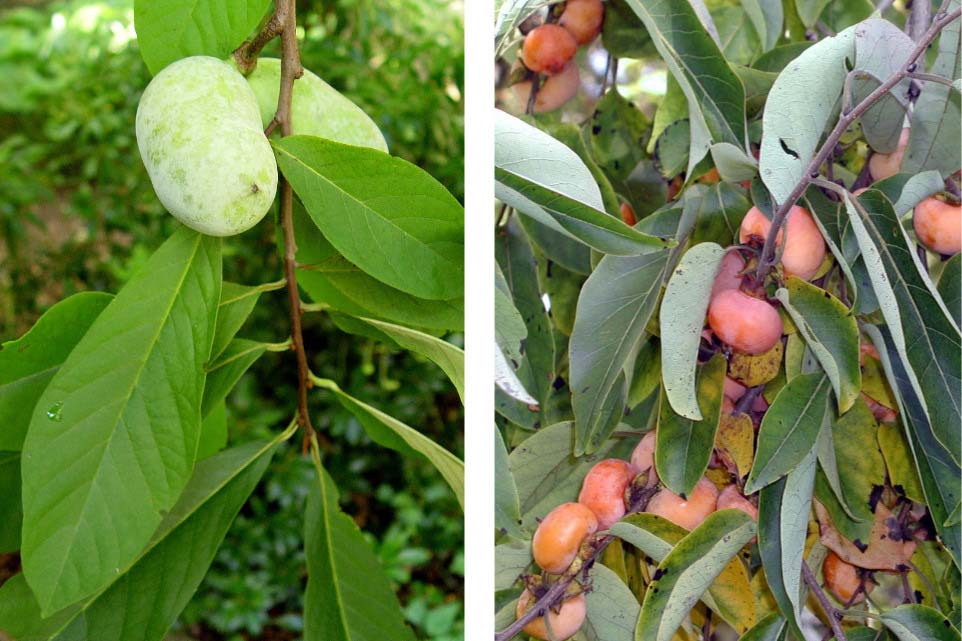How it Works: Preen Garden Weed Preventers
Here's how our Garden Weed Preventers prevent weeds before they even sprout rather than killing them after they’ve already had the chance to grow.
Just because a fruit is common at the grocery store doesn’t mean it’s the best choice for growing at home. Most of our best-known fruits – apples, peaches, grapes, and even strawberries – are difficult to grow because of issues with disease, bugs, rotting fruits, and birds. Some of them take up a lot of space, too.
On the other hand, plenty of lesser-known fruiting plants grow throughout most of the United States and often produce fruits with no spraying needed and no more care than any other landscape plant. So, which fruits should you add to your garden?
Some of the best choices for home gardens are fruiting bushes. Not only do tree fruits require more space, they usually need pruning, spraying, and ladders to do the picking. Fruit bushes are more compact, can be harvested from the ground, and if you do need to spray or protect from birds, are easier to manage.
Two of the most familiar but relatively carefree bush fruits are blueberries and brambles, such as blackberries and red, black, or golden raspberries. Blueberries have a few important needs – acidy soil, netting to protect from birds, and water in dry weather. But if given those, they can produce sweet berries for years with no spraying and very little pruning. Brambles need thinning, pruning, and sometimes staking, but they seldom run into bug or disease issues.

Kativ / iStock / Getty Images Plus

George Weigel
Many cold-hardy tree fruits are easier to grow at home than familiar but more problem-prone supermarket species.
Five worth considering:

George Weigel
If you’re looking to keep weeds away from your fruiting plants, use Preen Natural Vegetable Garden Weed Preventer. It is the natural way to keep weeds from sprouting. Use Preen's 100% natural weed control in your fruit, vegetable, herb, and landscape beds once a month, anytime during the growing season, to prevent the label listed weeds. It can safely be used, right up until harvest